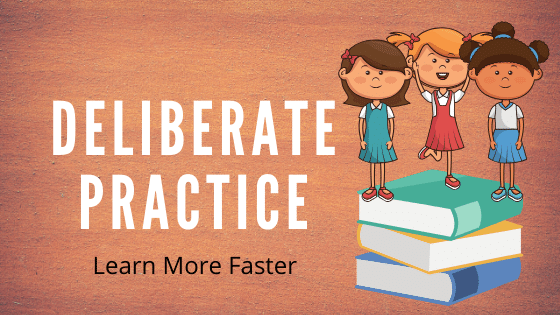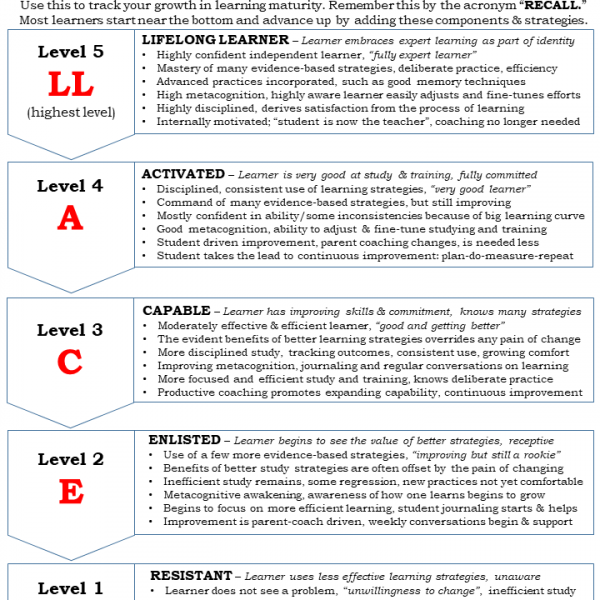
Jump Start to Deliberate Practice

Reading time: 8 minutes
Anders Ericsson identified these 5 components of “deliberate practice.” Use this checklist (√) to evaluate your learning or training regimen–then improve it by adding SPICE!
Click here to download this checklist
 Anders Ericsson (1993) coined the term and has researched expert performance for over 30 years. He refers to deliberate practice as those practice activities that maximize improvement throughout the development toward expert performance.
Anders Ericsson (1993) coined the term and has researched expert performance for over 30 years. He refers to deliberate practice as those practice activities that maximize improvement throughout the development toward expert performance.
Thanks to Nathan Lozeron for inventing the SPICE acronym.
Prepared by James P. Haupert
 Deliberate practice is a “keystone habit” you can leverage to improve other study strategies. But it takes time and practice to master. People who coach for a living are familiar with it. When your child learns to do this, you gain the added benefit of improved learning as the skills naturally cascade down into other everyday learning practices.
Deliberate practice is a “keystone habit” you can leverage to improve other study strategies. But it takes time and practice to master. People who coach for a living are familiar with it. When your child learns to do this, you gain the added benefit of improved learning as the skills naturally cascade down into other everyday learning practices.
To get better at it, start by selecting a learning subject or activity where the payoff is large such as practicing a musical instrument, training for a sport, or learning a second language. Choose a skill where the student desires to get much better because student motivation will be needed to sustain it. Learn to use it where you desire performance breakthroughs.
Coaching Points to Emphasize
- To begin, evaluate your practice or training sessions against the five components of deliberate practice. Examine closely the methods you are using. Identify the gaps.
- Focus on the process (the way you spend your time) when you train instead of the product (that which you want to accomplish). Aspire to make today’s training thorough and tight; the exam or the final goal may be months away and too distant to motivate you.
- Adopt the new mindset that learning is growing your brain – When you first begin to learn something, you are making new neural patterns and connecting them to existing ones. The student will initially find this to be harder and learning to feel.
- Develop measurements and frequent skill assessments that can prove to the student how much more effective this type of practice is for them. Numerous studies prove deliberate practice yields much better learning results and higher levels of performance, but at the time students report it feels no more effective. This illusion is overcome by looking at the data.
- Effective training connects new information with existing networks in the brain. Help your child relate new materials or techniques to things they already know. Discuss how new training fits to existing skills.
- Emphasize how the underlying models, concepts, and representations fit together as a whole. Understanding, at multiple levels, is the superglue that holds all the underlying memory traces together.
- Practice in a way the student gains context so they know how and when to use the new information in real-world situations. Go beyond learning and practicing a skill in isolation, and train with related, and unrelated problems so the student can see when to use it, and when not to use it.
- Interleave the training and vary the activities in the practice sessions so they mimic the situations and skills you are training for.
- Discuss how the student will get more frequent and immediate feedback, and how much of this will source from the coach, and from the practice itself.
Hint: One way you can start your journey to more deliberate practice by beginning the Pomodoro technique with a timer.
Learn more in the Pa 10 course – Improving Your Child’s Learning Power






